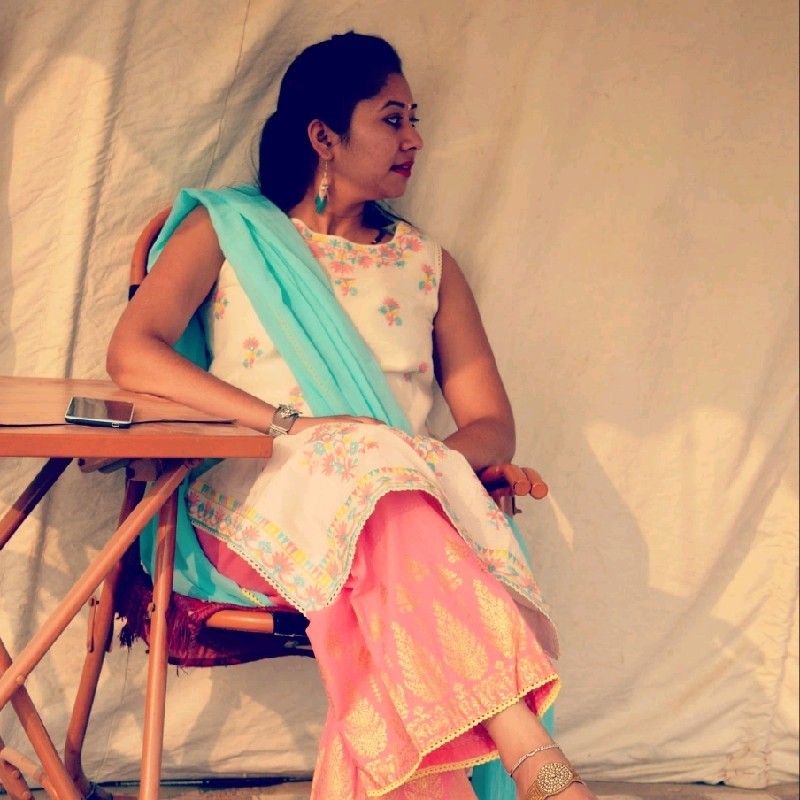Explore Figure-Ground Perception: What You Need to Know
The Basics of Figure-Ground Perception
Figure-ground perception is a fundamental concept in psychology and visual processing. It helps us make sense of the world around us by allowing us to distinguish objects (the figure) from their background (the ground). This ability is crucial for navigating our environment and interpreting visual information. Let’s dive into how this works, its types, and real-life examples.
What is Figure-Ground Perception?
At its core, figure-ground perception involves our brain’s ability to identify a focal object and separate it from everything else in the background. This process is automatic and happens rapidly when we look at a scene. Here are a few key points:
- Figure: The object that stands out or is the focus of attention.
- Ground: The background or surrounding area that the figure stands against.
How Do We Differentiate Objects from Their Background?
Here are some steps that explain how our brain processes visual information:
- Contrast: Our eyes are drawn to areas of high contrast. For example, a black cat on a white sofa is easily noticeable.
- Shape and Size: Familiar shapes are recognized quickly. A round object might be perceived as a ball while a flat one could be seen as a plate.
- Movement: Moving objects capture our attention more than static ones. Think about a bird flying against a still sky.
- Depth Cues: We also use depth perception to decide what is in front of what. Overlapping objects help us understand the spatial layout.
Types of Figure-Ground Perception
Figure-ground perception can be categorized into several types:
- Stable Figure-Ground: This occurs when the figure maintains its identity regardless of the background. For example, a tree in a park remains a tree against any background.
- Ambiguous Figure-Ground: Sometimes, an image can be interpreted in more than one way. Consider the famous vase-face illusion where you can see either a vase or two faces depending on your focus.
- Reversible Figure-Ground: In this case, our perception can flip between figure and ground. An example is the Rubin vase, where the interpretation can switch back and forth.
Real-Life Examples
- Art and Design: Artists often use figure-ground principles to create depth and interest in their work. Think of optical illusions where the figure may change depending on how you look at it.
- Navigation: When driving, we distinguish between the road signs (figures) and the background scenery (ground) to make quick decisions.
- Reading: The letters on a page (figures) stand out against the white background (ground), allowing us to read easily.
Implications for Mental Processing
Understanding figure-ground perception is essential because it affects how we process information:
- Attention: Our attention is guided by what we perceive as figures. This can impact how we learn and remember information.
- Cognitive Load: In complex visual environments, our brain might struggle to process competing figures, leading to cognitive overload.
- Visual Communication: Effective design in advertisements and websites relies on clear figure-ground relationships to convey messages quickly.
In summary, figure-ground perception is a remarkable aspect of how we interact with our surroundings. By recognizing figures against their backgrounds, we can navigate the world and make sense of visual stimuli efficiently.

